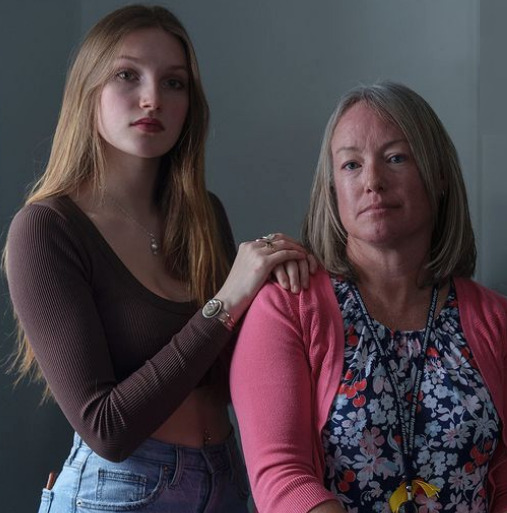
Courtesy of The YTP
Julie Hansen, co-founder, The Yellow Tulip Project
By 15, high school sophomore Julia Hansen had struggled with depression for years. The trouble is, she didn’t know what to do about it. No one around her ever talked about their mental health, so she resigned herself to suffering in silence. It took the suicide of her two closest friends to inspire her to speak out. As the New York Times reports, she used her voice to co-found the Yellow Tulip Project, a nonprofit focused on destigmatizing mental illness by empowering youth to teach one another about mental illness, suicide and what to do when in need of help.
Eight years since its launch, the Yellow Tulip Project has sprouted 150 school-based, student-led chapters, including the one led by 17-year-old Camryn Baron at Sacopee Valley High School in Hiram, Maine. “It’s an outlet for some kids to be able to outwardly express and vocalize something that’s bothering them,” she told the New York Times.
It’s helped Baron feel supported through depression, anxiety, an eating disorder and feeling rejected for her bisexuality. “The things that a lot of us dismiss or struggle with here — to be able to share them with other people is validating,” she said.

Courtesy of C. Baron
Camryn Baron, left, founded the Yellow Tulip Team at Sacopee Valley High School in Hiram, Maine, where she is a junior, with the help of Elizabeth Sanborn, her faculty adviser.
Student-led mental health clubs are growing in popularity, the Times notes, largely because of declines in youth mental health and the shortage of resources to help them. Though the White House has committed $2 billion to expand school-based mental health programs and staff, researchers say teens are key to inspiring one another.
“When we think about mental health, it’s not just about crisis intervention,” said social scientist Lisa Padilla. “The peer-based organizations are creating an environment in the school that says, ‘We value your well-being, and we know that’s part of who you are as a whole person.’ That message goes a long way to make students feel safe and empowered to speak up about their own needs.”
[Related: On paper, teens are thriving. In reality, they’re not]
Further, Padilla added, research shows that the presence of youth mental health clubs improves school culture. The subject of mental health is less stigmatized in schools with a club. What’s more, students who engage the club know where to find needed resources – and are more likely to share the information with others.
***
The National Suicide Prevention Lifeline is available 24/7 — call or text 988.
Courtney Wise Randolph, is a Detroit-based columnist for MindSite News and freelance writer. Her work has appeared in Detour Detroit, Planet Detroit, Outlier Media, the Detroit Free Press, Michigan Quarterly Review, and Black in the Middle: An Anthology of the Black Midwest. She specializes in multimedia journalism, arts and culture reporting, and authentic community storytelling.
This story originally appeared as part of Courtney Wise’s column on Mindsite News.





























